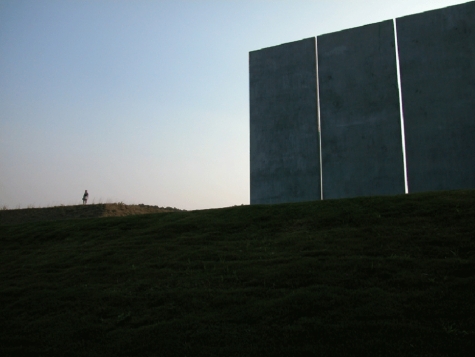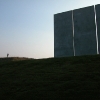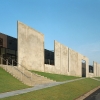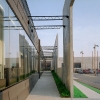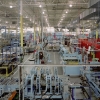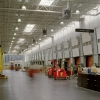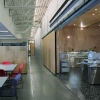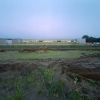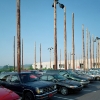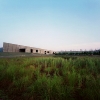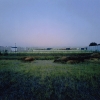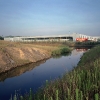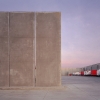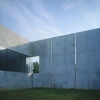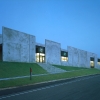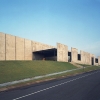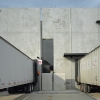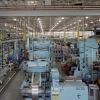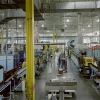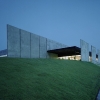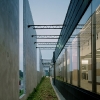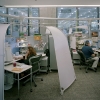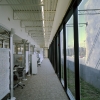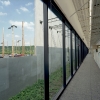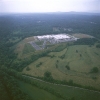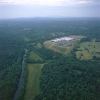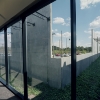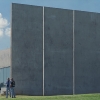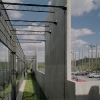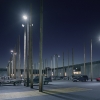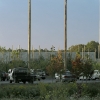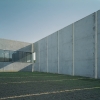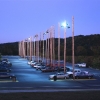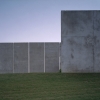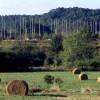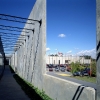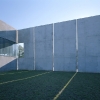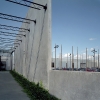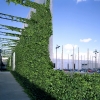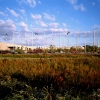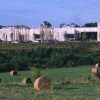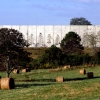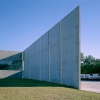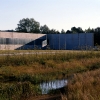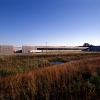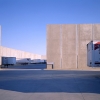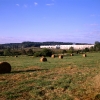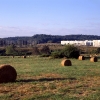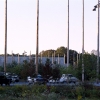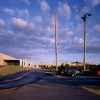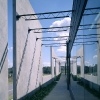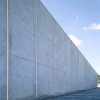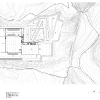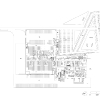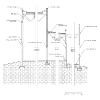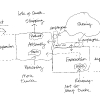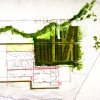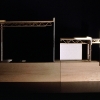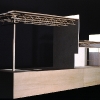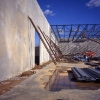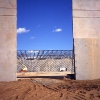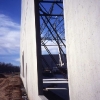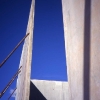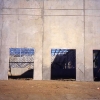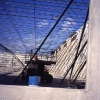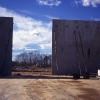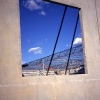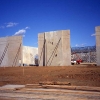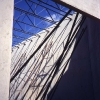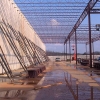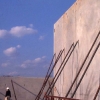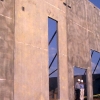Herman Miller Cherokee Operations
Project Description
The Herman Miller, Inc. Georgia Operations was occupying 390,000 square feet of space at three separate sites within the metropolitan area of Atlanta. This project consolidates the three facilities into one facility at a site in Canton, Georgia, approximately 20 miles north of the Herman Miller, Inc. Roswell site. Indications were that consolidation would promote a more efficient operation. Positive factors include eliminating the on-going shuttling of materials and products between sites, streamlining processes through improved flow, combining certain duplicated activities, easing of communication through proximity and increasing the Herman Miller, Inc. sense of community.
The 70 acre site accommodates the building of 330,000 square feet (approximately 9.3 acres), expansion of up to 50,000 square feet at assembly and 100,000 square feet at metal fabrication (approximately 3.4 acres total) and 10.3 acres of parking, truck apron and site circulation. A rolling topography with approximately 100 feet of vertical elevation change and a flood plain area of approximately 11 acres combine with the building and paved areas to complete land usage of the site.
From the outset, three aspects drove the development of the design of the project. The first aspect is a desire for functional honesty in both the building and the site design. All systems; all materials and treatments; all flows, processes and forms are directly related to specific intentions and goals of the Herman Miller user group. The plant layout for the consolidated Georgia Operations is designed to maximize material flow, direct ship capability and accessibility of office space to manufacturing and assembly spaces. The project gains an aesthetic toughness from the specificity of its program and a directness of intentions. Its tough beauty is a beauty of consistency of consideration. The scheme is one of the essential, subtlety rendered.
The second aspect is the beauty of the Cherokee County site; not just the project site, but also the “greater site” that is visually accessible to and from the site proper. Arrival at and departure from the promontory with the rolling hills beyond the curve of the Etowah River is a constantly changing display of seasonal color and texture.
The third aspect is the consideration for and the expression of the environmental impact of the project in both its architecture and site design. The objective of the project design is the integration of the building requirements with the natural characteristics of the site topography, hydrology and indigenous plant materials, reflecting Herman Miller Inc.’s attitude of stewardship toward the environment. A system of natural materials filters storm and site run-off water, purifying it before entry into the Etowah River and its tributary streams. The building design incorporates the most materially economic, functionally efficient systems available to produce an environmentally sensitive structure. It is not a project about experimentation, but rather one that utilizes well tested techniques and materials in a responsible, mature manner. The Herman Miller Cherokee Operations facility was designed to achieve a bronze level of LEED certification.
Materials include a concrete tilt-up structural wall system; steel columns, trusses, bar joints and deck at the roof; and concrete slab on grade floors.
